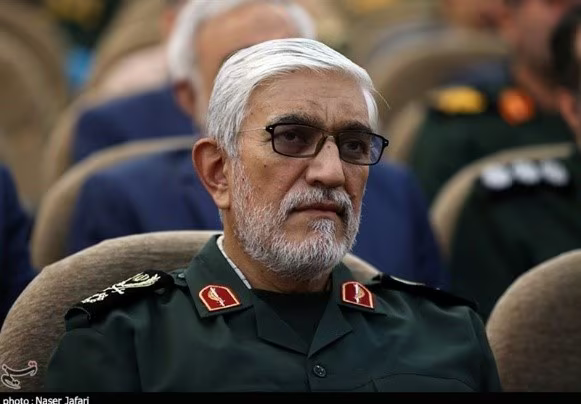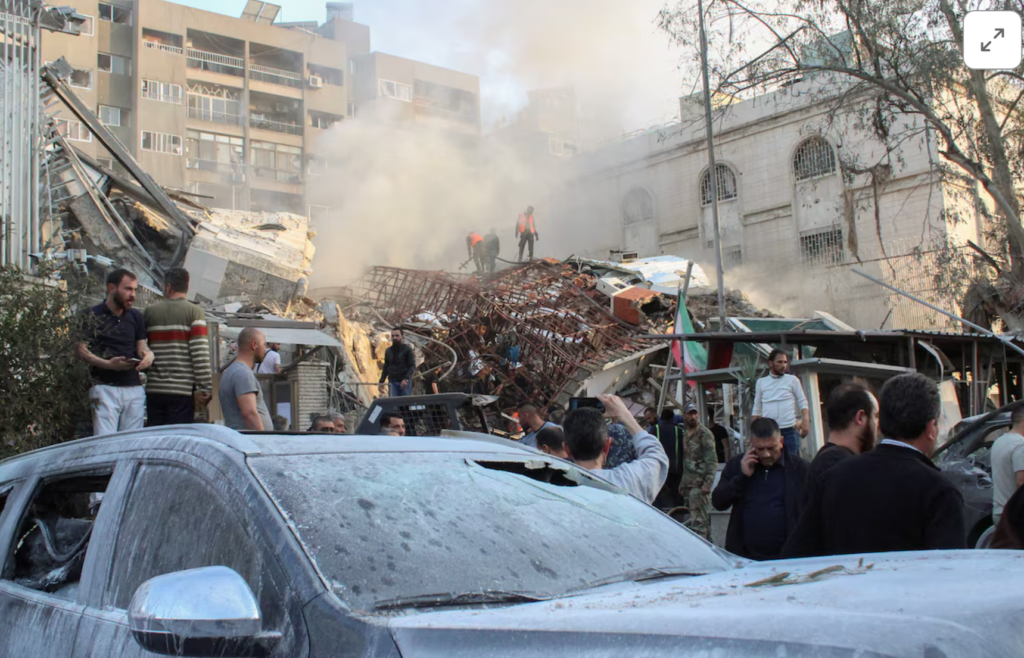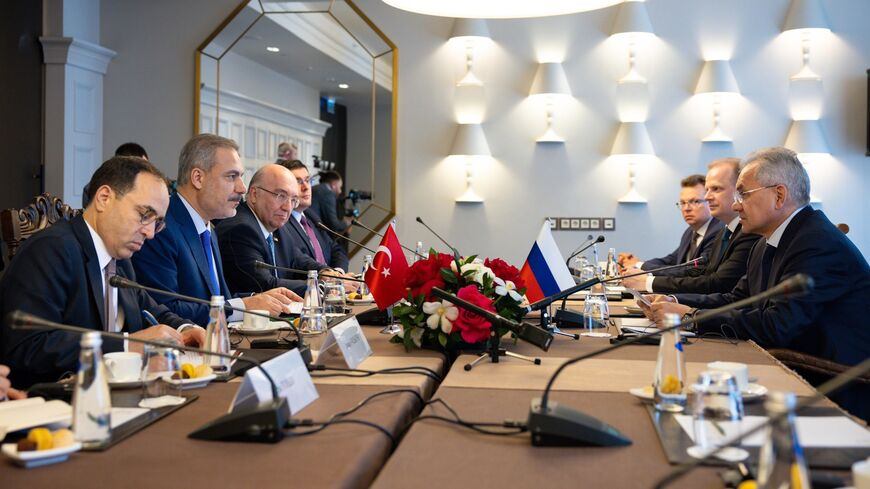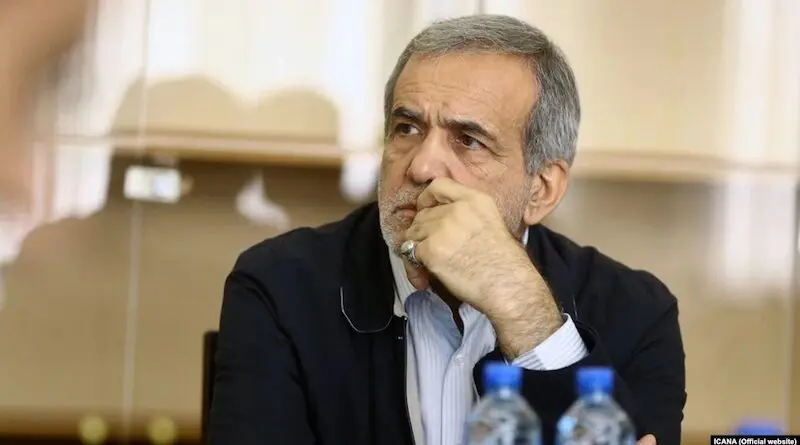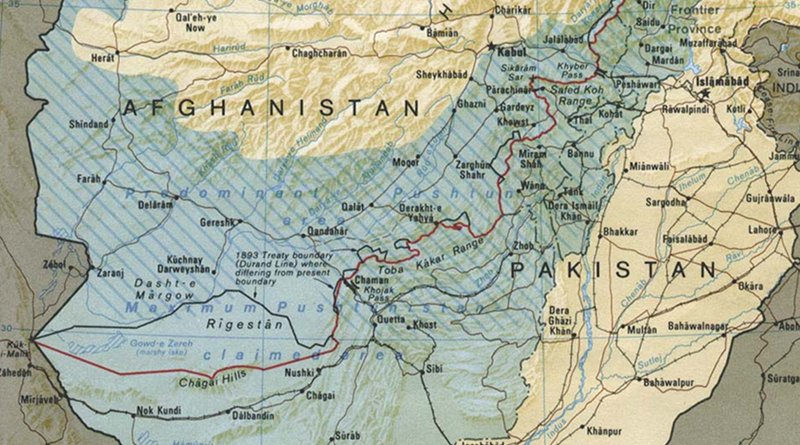FOR A TRUE EUROPE

How does the approaching, inevitable end of Europe affect Russia? This is not an easy and idle question, since Russian culture, religion and Russian civilization itself have European, Mediterranean roots. Russia is part of eternal Europe, and we cannot be indifferent to the fate of the Old World, since to a large extent it is also our fate.

